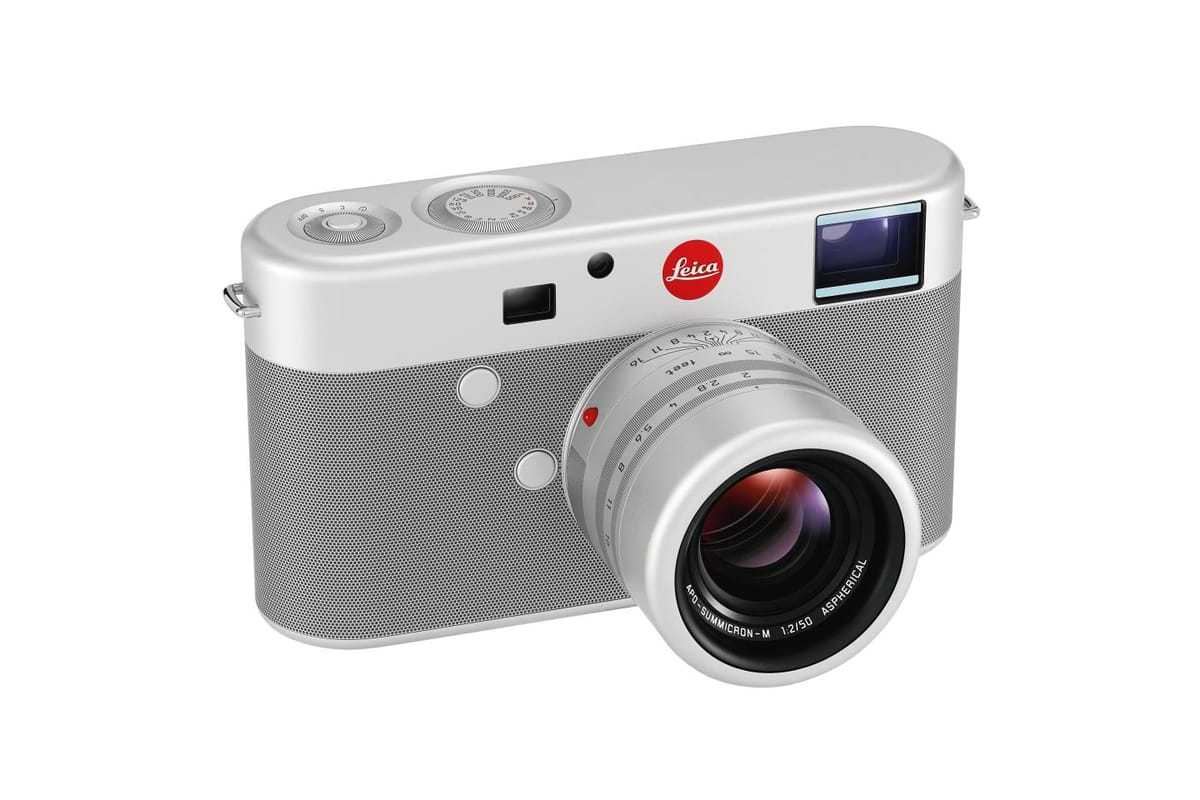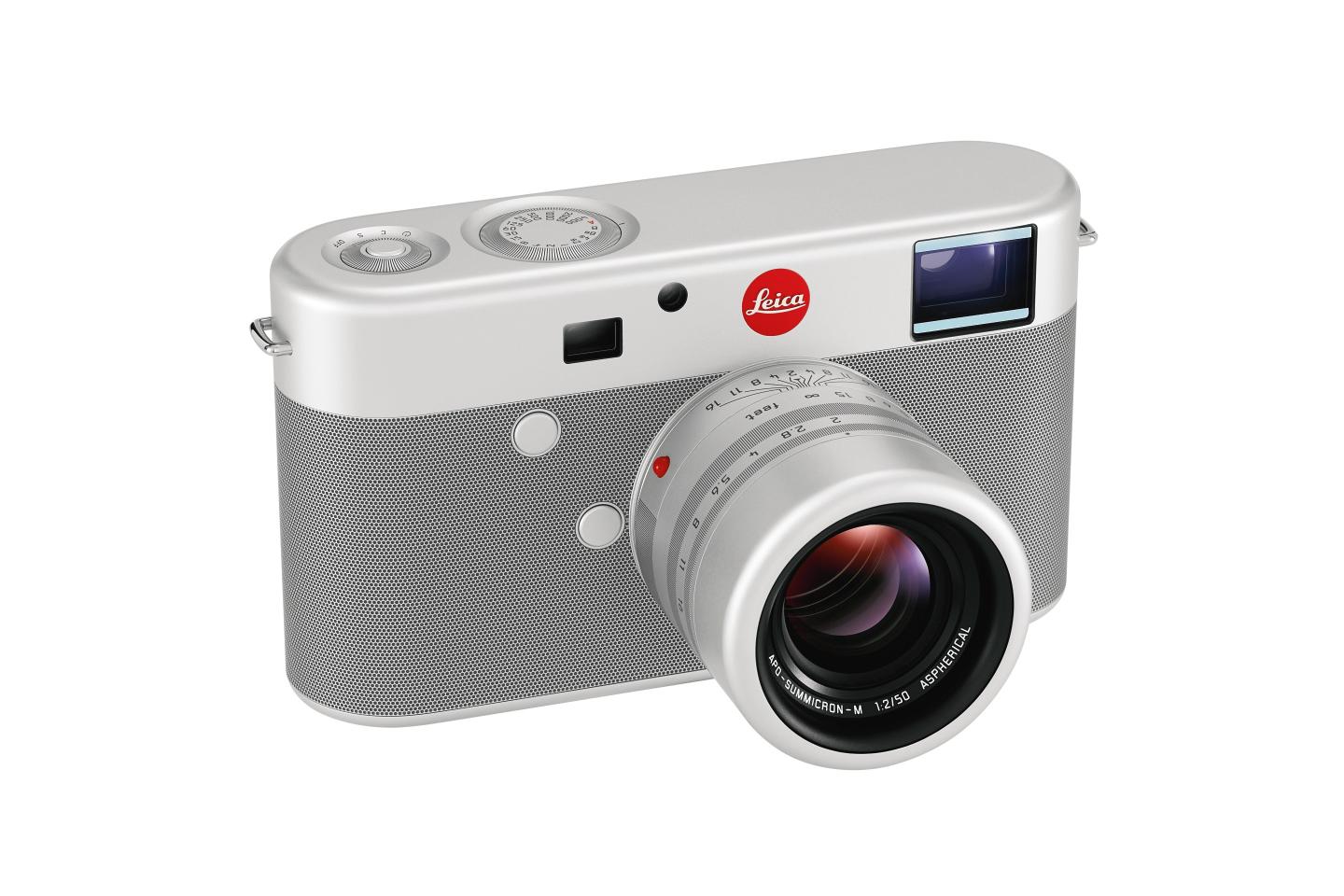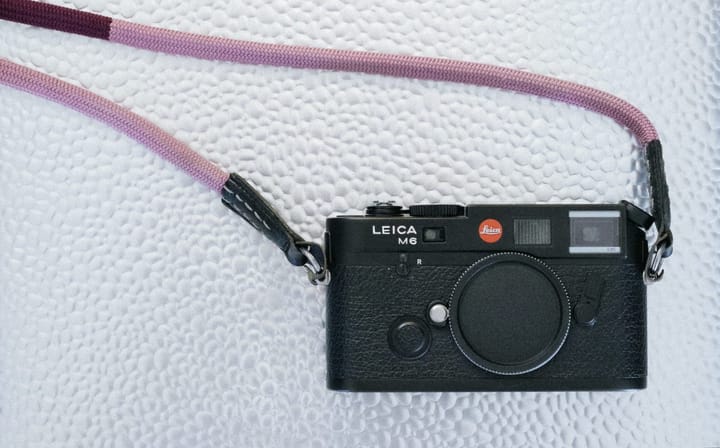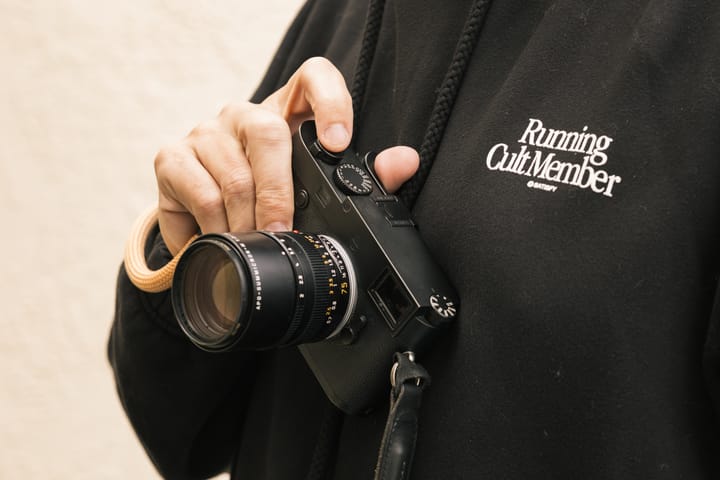Special Edition: Leica x Apple
The Leica/Apple Typ M is a gorgeous little mess.

We were off taking photos over the holiday — but are back with a special edition.
A few friends had sent me the excellent article, When Leica met Apple. For photography enthusiasts and collectors, few names carry as much weight as these two companies. When these two design powerhouses collaborated on a special edition M, it looked like a marriage of complementary philosophies. Instead, it became a fascinating study of how similar design principles can yield surprisingly different results when applied across domains. I think this is less a collaboration and something more confusing, and a few decisions in the final product make this feel like it’s Apple versus Leica.
The least amount of design
Leica and Apple are renowned for their "less is more" approach. Leica's M series cameras have maintained their iconic status by stripping away everything non-essential while preserving the core photographic experience. Similarly, Apple's design language, shaped by Jony Ive's vision, emphasizes premium materials and intuitive interfaces reduced to their essence.
The resulting camera, last auctioned for $1.8 million and produced as a single unit, showcases Ive and Marc Newson's interpretation of Leica's classic. Their vision reimagines the M as a continuous form, with softer, more organic edges and exquisitely crafted details like the strap lugs. The traditional leatherette gives way to a textured surface, and even the iconic M badge is removed in pursuit of “ultimate” minimalism.

Interestingly, Leica has its own version of extreme minimalism, the Leica M-D. This version reduces to the bare essential elements, a rare and counterintuitive choice for digital cameras. But the Ive-led design takes a detour into some decisions that raise questions.
Perfect symmetry
In pursuing aesthetic perfection, the collaboration made choices that challenge the M's fundamental usability. Take the control layout: The standard M positions its controls forward of the top plate's centerline – asymmetrical, yes, but purposefully so. This positioning allows photographers to adjust settings while maintaining their grip and, crucially, without removing their eye from the viewfinder. The more centered, symmetrical layout of the Apple-Leica version sacrifices this functional elegance for visual harmony.

Similarly, removing the focusing tab from the lens barrel creates a cleaner silhouette but eliminates a tactile aid that generations of Leica photographers have relied upon for precise manual focusing.
Art vs. Design
This raises an interesting question: When does design transcend functionality to become pure art? At $1.8 million, this camera was never meant for daily use. It’s more of a statement about design possibilities when freed from practical constraints.
Yet this interpretation might feel like a missed opportunity for Leica enthusiasts – who appreciate how the M series has masterfully balanced technological advancement with usability. Leica's genius lies in maintaining simplicity while incorporating modern technology, creating relevant and timeless cameras. Few manufacturers (perhaps only Fujifilm and Hasselblad) have managed this delicate balance as successfully.

The Larger Context
This collaboration reveals something interesting about design philosophy in different contexts. Apple's symmetry and visual harmony principles work brilliantly for devices where interface happens primarily through screens and gestures. Their hardware benefits from the monolithic material approach. But cameras – especially rangefinders – demand a different kind of interaction, one where physical controls and tactile feedback are not just aesthetic choices but essential to the photographic process.
Imagine if this collaboration had pushed in a different direction – not just making the M more visually minimal, but finding new ways to enhance its core purpose. What if Ive and Newson had approached the project with the same philosophy that made the original M revolutionary: stripping away everything that doesn't serve the photographer's need to compose and capture?
The Verdict
The Apple-Leica M is undeniably beautiful, and as a piece of design art, it succeeds brilliantly. But as a camera, it illuminates how universal design principles must sometimes bend to specific use cases. It's a reminder that true design excellence isn't just about removing elements – it's about understanding which elements are essential and why.
Would I still want one? Absolutely. But perhaps more as a statement about design aspiration than as a tool for making photographs. And in that lies both its triumph and its limitation.
Stay tuned for more exceptional finds. Have a cool camera for sale? Let us know.
Your friends behind the lens,
Summimarket



